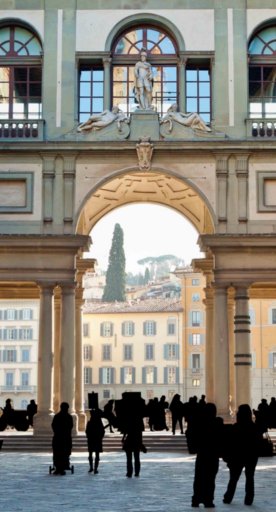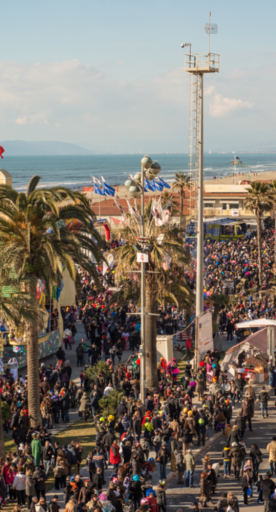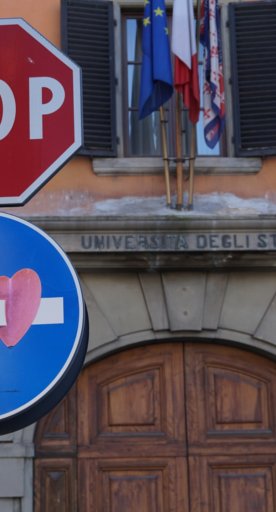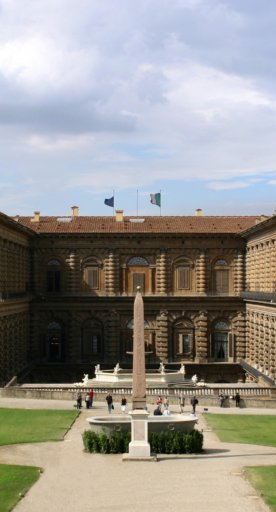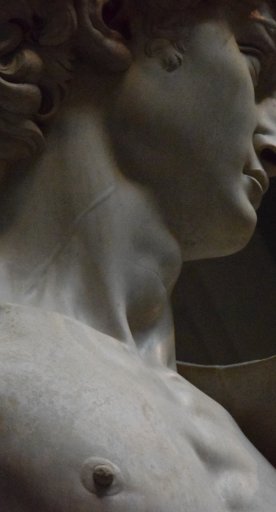5 Tuscan villages to discover with Ippo and Dixon
The most beautiful villages in Tuscany, according to Ippo & Dixon
The magnificent land of art cities like Florence and Pisa and beautiful countryside such as in Val D'Orcia or the Maremma, Tuscany is also home to centuries-old medieval villages that are rich in history, traditions, and historical evidence.
These are villages that have an enchanting atmosphere that's perfectly preserved, welcoming famous historical figures over the centuries who were attracted by the scenic beauty, or were travelling along the historic routes.
In this article, written in collaboration with Tuscan travel bloggers Ippo & Dixon, we want to take you with us to 5 villages that you can discover during a Tuscan holiday.
-
1.Vinci
-
2.San Gimignano
-
3.Volterra
-
4.Monteriggioni
-
5.Pitigliano
Vinci

Vinci is a small medieval village found halfway between Florence and Pisa, with its fame having travelled beyond the borders thanks to a name that's known worldwide: Leonardo da Vinci, the Renaissance genius.
In Anchiano (a hamlet of Vinci) you can visit his birthplace, while in Vinci you can see the Leonardo Museum where works such as drawings and prototypes of his machines are faithfully reproduced.
The museum is located in the historic centre of the town on the top of a hill, in the castle of the Guidi Counts. In front of the castle, you can find Leonardo's representation of the connection between man, Earth and the Universe: the Vitruvian Man reproduced by the artist Mario Ceroli.
San Gimignano

Probably one of the best preserved Tuscan villages, San Gimignano is located between Florence and Siena and dominates the valley from the top of a hill in the Val D'Elsa.
Its fame is well known even outside Italian borders. Every year, it's visited by thousands of tourists, some of whom are pilgrims along the Via Francigena.
It's known for its 14 towers (historically there were 72), one for each noble family of the time. Over the centuries, the number of towers has decreased due to the custom of demolishing the tower belonging to the defeated family following a war.
In addition to the towers, some of which can be visited, it's possible to visit the Collegiate Church of Santa Maria Assunta, the Rocca, the Church of Sant'Agostino, admire the medieval walls, take a photo in Piazza della Cisterna and much more.
It's priceless to stroll through the cobbled streets among the centuries-old stores and breathe in the scents of typical products that have been handed down over the centuries.
Volterra

Located a few kilometres from San Gimignano, Volterra is another village that has been perfectly preserved over the centuries.
It reached the pinnacle of its fame due to the Twilight saga, that cites Volterra as the place where the Volturi live.
But Volterra has much more to offer, starting with the Etruscan walls, the medieval entrance gates, Piazza dei Priori with its spectacular palace of the same name, the Roman Theatre with the Etruscan acropolis, the Cathedral of Santa Maria Assunta and the Baptistery of San Giovanni, giving its unique shape to the skyline. Finally, there's the fortress that dominates the city and the valley from above.
Monteriggioni

The village of Monteriggioni, also called "Porta sul Medioevo", is a perfect example of structural conservation. The small fortified village is located at the top of a hill, a strategic defensive position.
The medieval walls look like a crown (just as Dante Alighieri wrote). They are about 2 metres thick, up to 20 metres high and contain 15 defensive towers, surrounding the entire village. Thanks to renovation works, part of the historic walkway around them has been restored, making it usable.
The village consists of a few houses and a central square overlooked by the Church of Santa Maria Assunta that dates to 1213.
Pitigliano

Pitigliano is a historic and beautiful village located on a tuff cliff in the Tuscan Maremma, near Grosseto.
It's also called "Little Jerusalem" due to the presence in the past of a large Jewish community that today has almost completely disappeared, leaving behind one of the most lovely and visited areas of the town that includes the Synagogue and the Jewish Museum.
Among other things to see in Pitigliano, there's the Medieval Walls, the Cathedral of Saints Peter and Paul, Palazzo Orsini, Piazza della Repubblica and the Church of the Madonna delle Grazie. Those who love walking should cross the Vie Cave (ancient streets dug by the Etruscans in the tufaceous rock) and visit the Necropolis.


